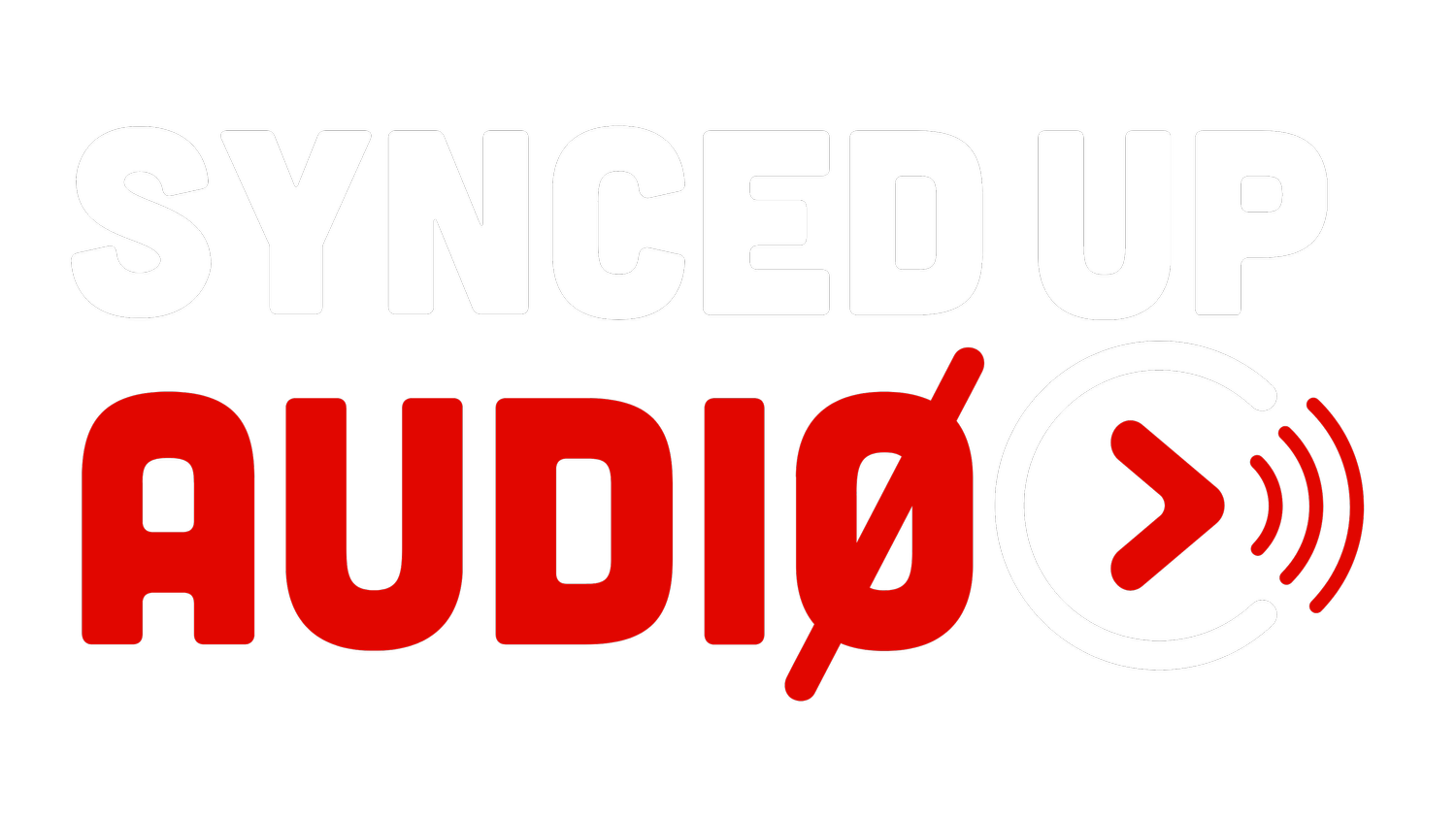How to Choose the Right Generator for Your Marching Band Sound System
We know - ensuring you have enough juice to adequately power your PA can be a daunting and sometimes confusing task, so we’ve made it easy! Here’s a walkthrough of calculating your audio system’s power consumption, and finding the best generator option for you!
List Your Equipment and Power Ratings
Start by listing all the devices you’ll power, such as:
Powered speakers and subs
Digital mixer
Wireless mic receivers
Accessories like laptops or phone chargers
Look for the power ratings on the back of each device or in the manual. These are usually listed in watts (W).
2. Estimate Realistic Power Needs
Most PA equipment doesn’t run at full rated power during normal use. A practical estimate is about one-third of the rated power for typical operation.
Example:
PreSonus CDL12P, Qty x4, 500W Rated Power, Estimated Typical Draw = ~170W each = 680W
PreSonus CDL Sub18, Qty x2, 1,000W Rated Power, Estimated Typical Draw = ~350W each = 700W
32-ch Digital Mixer, Qty x1, 85W Rated Power, Estimated Typical Draw = 85W
Total estimated running power: about 1,465W
3. Add a Safety Buffer
It’s smart to add 20% to 25% to your total to handle unexpected power spikes, weather variations, or additional gear.
Example: 1,465 W x 1.25 = ~1,830W
4. Choose the Right Generator
Select a generator that provides at least this amount of continuous power. A generator rated between 2,000W and 3,000W (2kW to 3kW) is a practical choice:
2,000W: Covers your system as outlined
3,000W: Provides headroom for accessories or future expansion
Example Calculation
For a typical marching band setup:
4 powered speakers rated at 500W each → estimated draw 170W each → 680W total
2 powered subs rated at 1,000W each → estimated draw 350W each → 700W total
Digital mixer → 85W
Estimated total = 1,465W
With safety buffer (25%): 1,830W
Recommended generator size: 2,000W to 3,000W inverter generator
Why an Inverter Generator?
Provides clean, stable power that protects sensitive audio equipment
Operates more quietly, which is important for performances
More fuel-efficient for long rehearsals or shows
Additional Tips
Avoid oversizing your generator by adding up all maximum ratings. This leads to unnecessary cost and weight.
Consider any extra devices you might power, such as small lights or chargers.
Use proper cabling and distribution to prevent overloading circuits. Learn more about power cabling HERE.
Looking to upgrade your sound system? Contact Us to get started!

